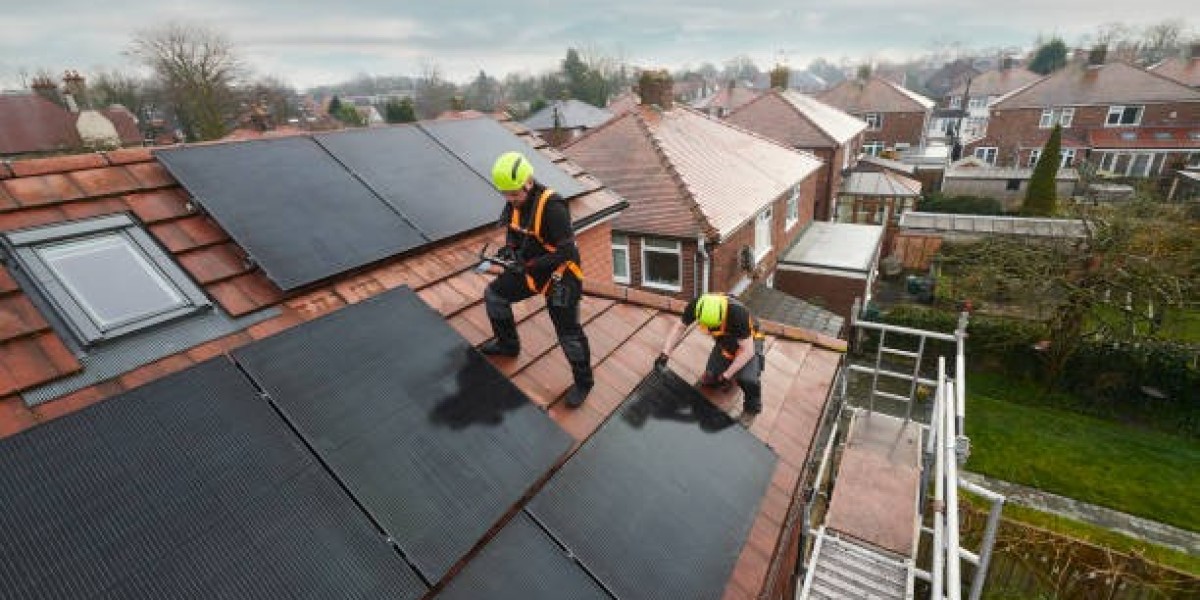Roof installation is a significant investment for homeowners, and it’s crucial that the process is done correctly to ensure long-term durability and performance. While professional roofing contractors typically handle the installation, there are common mistakes that can still arise. These errors can compromise the roof’s functionality, leading to costly repairs down the line. In this guide, we’ll discuss the most common roof installation mistakes and how to avoid them to ensure a successful roofing project.
1. Poor Roof Ventilation
One of the most common mistakes in roof installation is inadequate or poor ventilation. Proper ventilation helps regulate the temperature and moisture levels in the attic, which prevents issues like mold, mildew, and excessive heat buildup. Without sufficient airflow, the roof structure can be damaged over time, and the lifespan of the roofing materials can be shortened.
Ensure that your roofing contractor installs proper intake and exhaust vents in the attic. These vents should be spaced evenly across the roof to promote effective airflow. Roof ventilation helps prevent condensation build-up, reduces energy costs, and prevents ice damming in cold climates.
2. Incorrect Flashing Installation
Flashing is a critical component that seals joints, transitions, and valleys on your roof to prevent water infiltration. Improper installation of flashing can lead to leaks, water damage, and mold growth. Contractors sometimes overlook flashing or install it incorrectly, which can significantly reduce the roof’s waterproofing abilities.
Make sure your contractor understands the importance of correctly installing flashing around chimneys, skylights, vent pipes, and roof valleys. Properly installed flashing will ensure that water is directed off the roof and won’t seep into the structure. Ask your contractor for details about their flashing installation process and materials to ensure everything is done to code.
3. Using Low-Quality Materials
Choosing the cheapest roofing materials may seem like a good idea in the short term, but it can lead to higher costs in the future. Low-quality materials may wear down quickly, fade, or fail to provide the necessary protection against weather elements, causing premature roof damage.
Invest in high-quality materials that suit your region’s climate. Materials such as asphalt shingles, metal, or slate come in various grades, and choosing the right quality can make all the difference in the longevity and effectiveness of your roof. Discuss with your contractor which materials are best suited for your specific needs and budget.
4. Incorrect Roof Pitch Calculations
The roof pitch (slope) affects drainage and the overall durability of the roof. A common mistake is choosing the wrong pitch for the roof. A roof that’s too steep or too flat can cause drainage issues, leading to water accumulation and eventually leaks.
Consult with your roofing contractor to ensure the pitch of your roof is correctly calculated based on the design and climate of your area. A general rule is that the steeper the roof, the better the water drainage. Ensure your contractor follows local building codes and considers the appropriate pitch when designing the roof.
5. Overlooking Proper Underlayment
Underlayment is a layer of material installed directly under the roof covering to provide an additional barrier against water penetration. Not using the correct type of underlayment or skipping it altogether can cause moisture to penetrate the roofing system, leading to rot and leaks.
Make sure the roofing contractor uses the correct underlayment for your specific roof type. Depending on the materials used, this could include synthetic underlayment, felt paper, or ice and water shield for areas prone to ice dams. Proper underlayment will enhance the roof’s waterproofing ability and ensure long-lasting protection.
6. Failing to Follow Local Building Codes
Each region has specific building codes to ensure that roofs are built safely and to withstand local weather conditions. Many homeowners and even some contractors make the mistake of ignoring or not being fully aware of these codes. This can result in violations, fines, and, in some cases, insurance claims being denied due to improper installation.
Work with a contractor who is knowledgeable about the local building codes and regulations in your area. Your contractor should obtain the necessary permits and ensure all aspects of the installation, including materials and design, comply with local laws and codes.
7. Improper Nailing or Fastening
Nailing is one of the most critical steps in roof installation. Improper nailing—either using the wrong type of nail or nailing at incorrect angles—can cause shingles or tiles to come loose, especially during storms. Over or under-driven nails can also damage the roofing material or fail to hold it securely.
Ensure your contractor follows manufacturer guidelines regarding nail size, type, and placement. A professional contractor will know exactly how many nails per shingle are needed and the appropriate depth for fastening. It’s important that they also use high-quality, corrosion-resistant nails to avoid rusting over time.
8. Skipping a Thorough Roof Inspection
After installation, some contractors may skip performing a final inspection, leaving potential issues unnoticed. This can result in minor problems turning into major repairs later on. Homeowners might not recognize issues until it’s too late.
A thorough roof inspection should be conducted once the installation is complete. The contractor should check for any missed areas, improper installations, or faulty materials. Don’t hesitate to ask for a detailed inspection before you sign off on the project.
9. Improper Handling of Roofing Materials
Roofing materials can be damaged during transportation, unloading, or storage if not handled properly. Scratches, dents, or warped materials can affect the roof’s overall appearance and performance.
Ensure that your contractor handles roofing materials with care, including proper storage and transportation techniques. Materials should be stored in a dry, cool place to avoid damage. Inspect materials before installation to ensure they are in perfect condition.
10. Not Considering Roof Maintenance Needs
Roof installation is not just about the initial job; it’s about ensuring the roof remains functional for years to come. Failing to consider the long-term maintenance of the roof can lead to faster wear and tear.
Discuss maintenance requirements with your roofing contractor before installation. Choose materials and installation methods that reduce the need for frequent repairs. Make sure to schedule periodic inspections and maintenance to keep your roof in top shape for as long as possible.
Conclusion
Avoiding common roof installation mistakes can save you time, money, and a great deal of frustration. By ensuring proper ventilation, using quality materials, correctly installing flashing, and hiring a knowledgeable roofing contractor, you can enjoy a long-lasting and durable roof. Proper roof installation is an investment that protects your home from the elements, and following the right steps will help ensure its success.If you’re planning a roof installation, be proactive in preventing these mistakes by working with an experienced roofing professional and discussing all aspects of the project beforehand.








